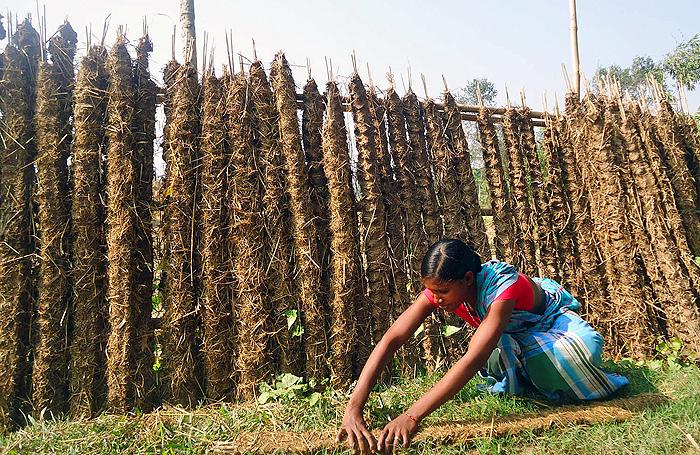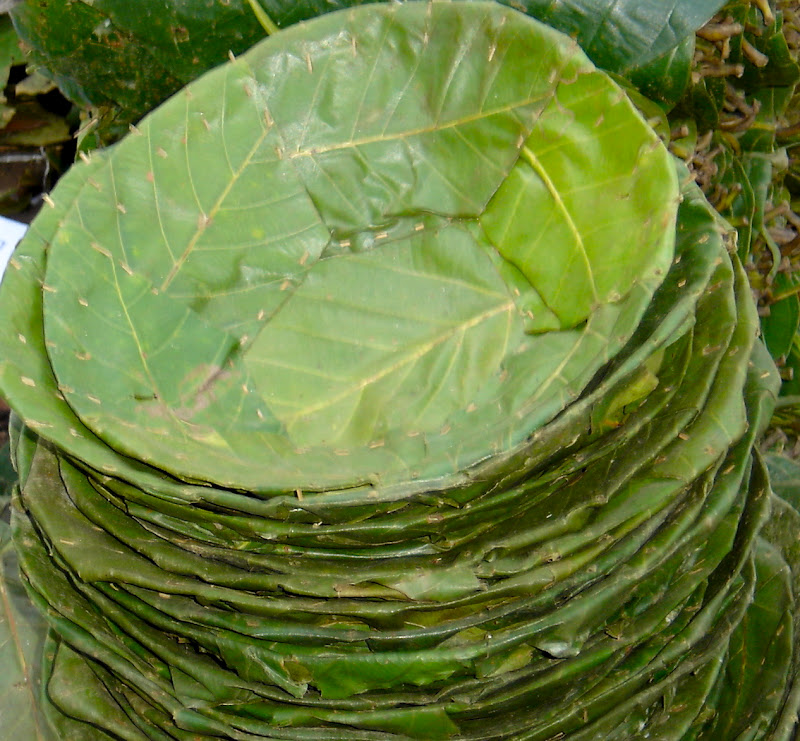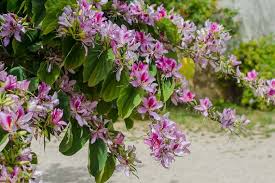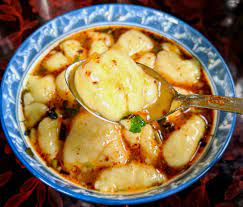Share this Article
Guitha (or Guittha) refers to dried cow or buffalo dung, which has been used for centuries in Nepal, especially in rural communities, as both a fuel source and a building material. This traditional resource showcases the ingenuity and adaptability of rural lifestyles, particularly in regions where access to modern amenities is limited.

Characteristics of Guitha
- Composition and Preparation: Guitha is produced from the dung of cows and buffaloes, which is collected, molded into flat cakes or discs, and then dried in the sun. The drying process is essential as it reduces moisture content and prepares the dung for burning. The cakes can vary in size and thickness, depending on the needs of the household.
- Ease of Use: One of the significant advantages of guitha is its availability and ease of use. In areas where wood is scarce, especially during the winter months when the need for heating is high, guitha serves as an efficient alternative. It ignites easily, burns steadily, and provides a reliable source of heat for cooking and warming homes. Families can gather dung regularly and prepare guitha ahead of the colder seasons, ensuring they have enough fuel when needed most.
- Fuel Source: Guitha is a primary fuel source in many rural households. When dried, it burns slowly and produces a consistent flame, making it ideal for cooking traditional meals and heating water. The energy produced is often sufficient for daily cooking needs, providing an effective means to prepare a variety of dishes.
- Building Material: Beyond its role as a fuel, guitha is sometimes mixed with mud to create a building material for constructing walls, floors, and even roofing in rural homes. When combined with clay, guitha enhances the thermal insulation of houses, helping to keep them warm in the winter and cool in the summer. The use of guitha in construction reflects the traditional knowledge of local materials and their properties, ensuring that homes are adapted to the climate.
- Cultural Significance: The use of guitha is deeply embedded in the cultural practices of many Nepali communities. It reflects a sustainable lifestyle that prioritizes resourcefulness and minimizes waste. The process of collecting, preparing, and using guitha fosters a sense of community, as families often engage in these activities together.
- Environmental Impact: Utilizing guitha contributes positively to the environment by reducing reliance on deforestation for firewood. In regions where trees are scarce or heavily harvested, guitha presents an eco-friendly alternative that helps conserve local ecosystems. Additionally, the use of animal dung as fuel reduces greenhouse gas emissions compared to burning fossil fuels.
Conclusion
Guitha stands as an essential resource for many rural households in Nepal. Its multifaceted applications as both a fuel source and a building material exemplify the ingenuity of traditional practices that have adapted over centuries. By relying on guitha, families not only meet their energy needs but also contribute to environmental sustainability. As the world continues to explore alternative energy sources, the practices surrounding guitha highlight the importance of integrating traditional knowledge into modern sustainability efforts, ensuring that these age-old methods continue to benefit communities for generations to come.
Categories:
Culture & Traditions
,
Lifestyle & Local Life
Tags:
tradition







